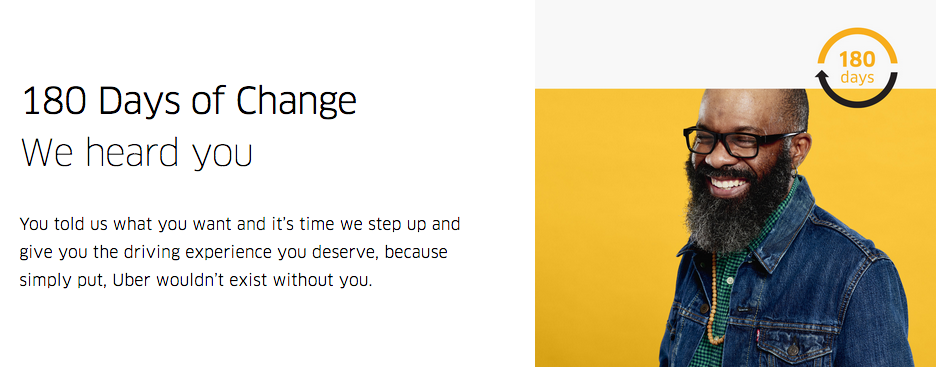0 comments

Uber has been through a lot over the past 6 months. Now, the company is looking forward to the future, and exploring ways to build up their reputation to what it used to be (and better). It only makes sense that this first step of reform is focused on the backbone of Uber’s business, their drivers. Many drivers have decided to leave Uber and join a different rideshare platform due to being treated unfairly or harshly by the company and its policies.
Uber realizes that in order to be profitable, they need to keep their drivers happy and decrease employee turnover rates. Here are some of the things Uber is doing to improve driver treatment.
The company recently launched a 24/5 hotline that drivers can use to talk to someone at headquarters regarding any issues or situations they are having. Previously, there was not a place for drivers to call to express any concern, even during an emergency – it was solely through email.
Uber had a three-strikes law for drivers, meaning that a driver with three complaints would be automatically terminated, without warning, from the platform. This three-strike law was in place no matter how many rides the driver completed. Their new policy considers a number of factors when deciding to terminate a driver, such as overall ratings, the people filing the complaints, and more. This new policy is a more holistic approach to troubleshooting driver complaints.
For the past month now, Uber drivers have enjoyed the new in-app tipping feature that Uber introduced across the U.S. Riders can now add a tip to their payment automatically after the ride is completed.
We’ve all been in a situation where we’ve accidentally left an item in the back seat of our Uber. All we had to do was report a lost item on the app, and the driver would meet you to initiate the return. Until recently, drivers were not compensated for returning these lost items to passengers, even though it took their time, effort, and gas. On average a driver returns 11 lost items a year. Drivers now receive $15 from their rider for every item you return, and riders will have the option of thanking you with a tip.
When a rider gives a bad rating, it is sometimes out of the drivers control. For example, when a passenger experiences an issue with the price of the ride, or the GPS is malfunctioning. Now, when a driver gives a bad rating and states the reason for something out of the drivers control, it will not be accounted for in the driver’s overall rating.
All of these actions are steps taken by Uber to express their commitment to their drivers. For the next 180 days, Uber will be rolling out more and more exciting changes for drivers to look forward to.
Finally, Uber is taking the steps in the right direction to ensure they keep their drivers happy, and build their reputation from the ground up.

Felicia is a Multimedia Guru at RideGuru. She recently graduated from Bentley University with a B.S. in Marketing and minor in Computer Information Systems. She is an avid rideshare user who enjoys both domestic and international travel.
No comments yet. Be the first!